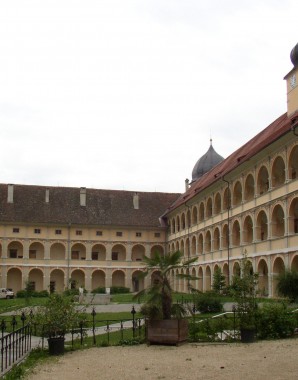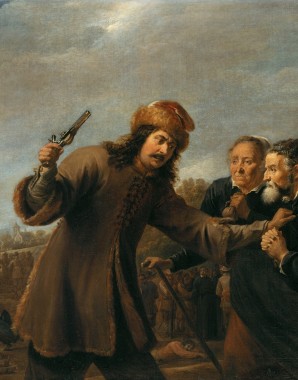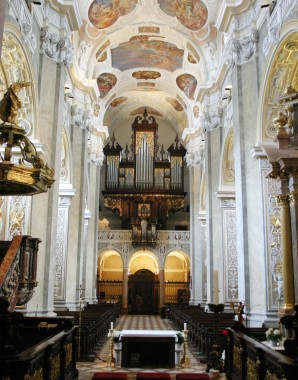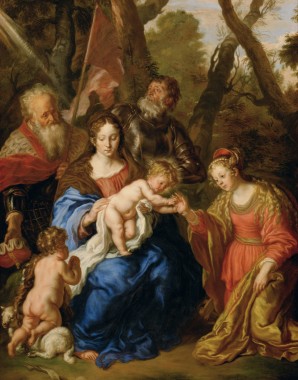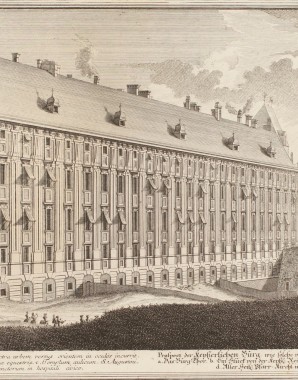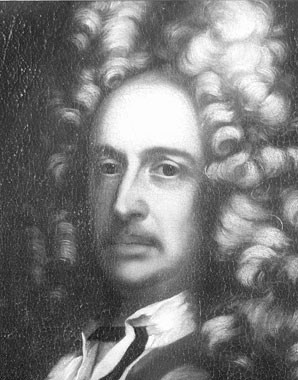Baroque splendour for Church and Emperor
At the beginning of the seventeenth century developments in art were affected by the shortage of funds resulting from the Thirty Years’ War and conflicts with France, and by the Counter-Reformation. In Austria the Jesuits, who had arrived in Vienna in 1551 and had been entrusted with running the university there, played a significant role in this development. During the Counter-Reformation churches and religious foundations again became the most important patrons for architectural commissions. Like secular rulers they used art and architecture as ways of representing their power, status and ideology: in the struggle for people’s souls and land Jesuit churches were established everywhere, their architecture a visual symbol of the triumph of Catholicism. In the economic and cultural boom that followed the second Turkish siege of Vienna in 1683 architects such as Johann Bernhard Fischer von Erlach and Lukas von Hildebrandt landed important commissions for secular and ecclesiastical buildings.

